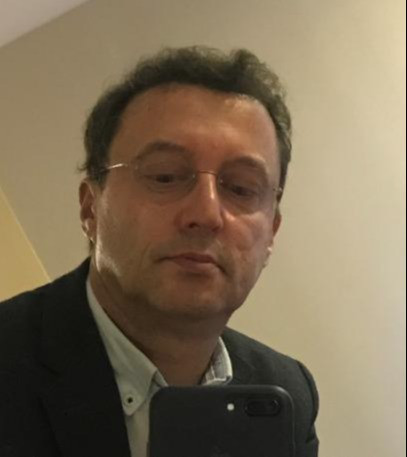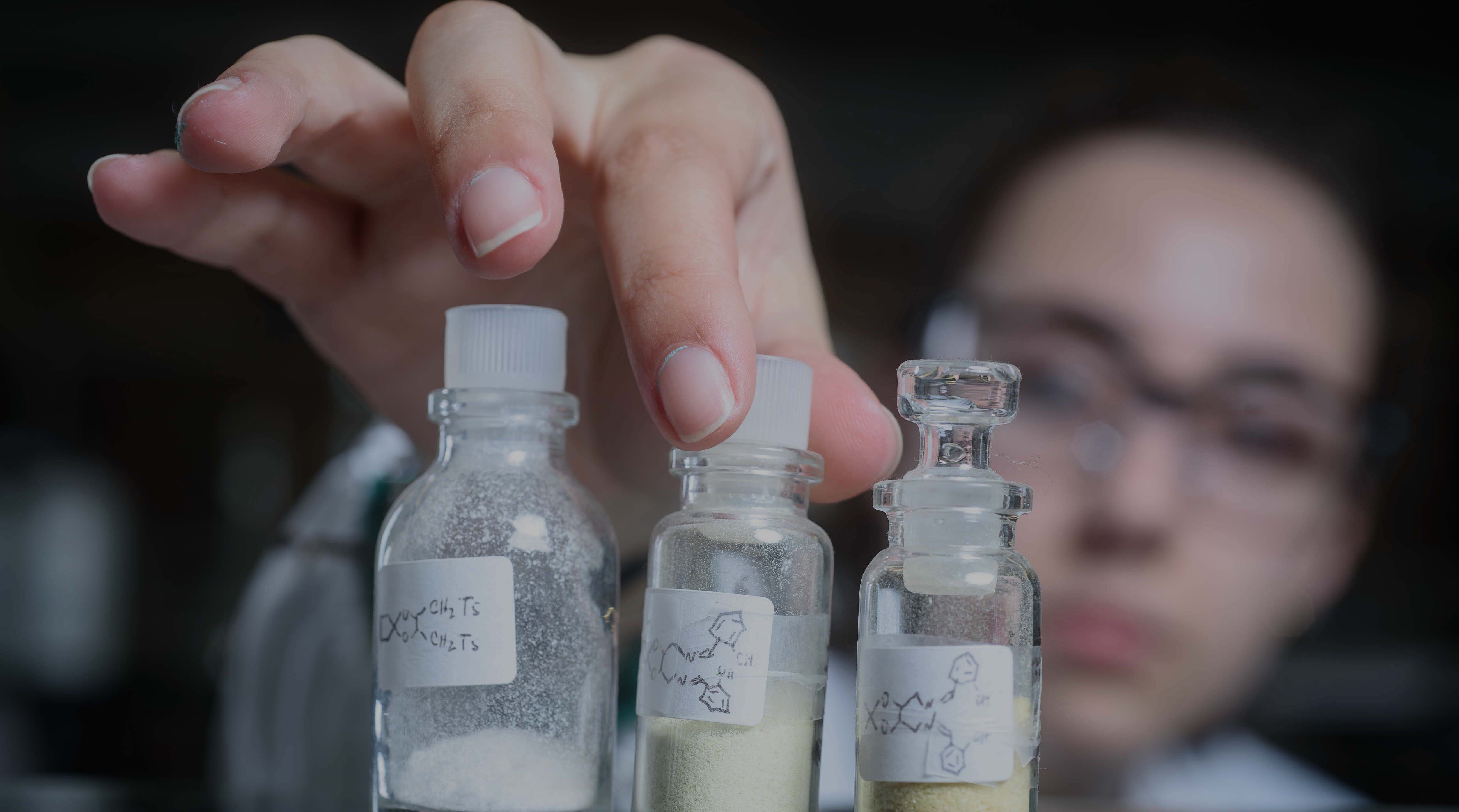Coordenador
 |
Rui Fausto Professor |
The Research Group of Computational Chemistry, Spectroscopy & Thermodynamics comprehends four Laboratories whose activity focuses on the use of theoretical and computational chemistry, spectroscopy (in particular Raman and infrared spectroscopies) and thermal analysis techniques for fundamental and applied research on molecular and materials’ structure and chemical reactivity:
Laboratory of Thermodynamics and Solid State Chemistry (LTQES)
Coordinator:Maria Ermelinda S. Eusébio (quierme@ci.uc.pt)
The Thermodynamics and Solid State Chemistry Laboratory is dedicated to the research and training of human resources in the areas of thermodynamics and solid state chemistry. A multidisciplinary approach using thermal, spectroscopic and computational methods is used in the fundamental and applied investigation of solid forms of organic compounds. Current research is focused on the thermodynamic and structural study of polymorphs and multicomponent pharmaceutical solids, with emphasis on solvent effects in the selective crystallization of polymorphs, on the rationalization of mesophase formation and on the investigation of co-crystals and co-amorphous phases with enhanced biopharmaceutical performance.
Laboratory of Theoretical and Computational Chemistry (LTCC)
Coordinator:Rui Fausto / António Varandas (rfausto@ci.uc.pt)
The Laboratory of Theoretical and Computational Chemistry (LTCC) develops advanced research activities and human resources training in the fields of theoretical chemistry and computational chemistry. It is a reference laboratory in the field of molecular potential energy surfaces (PESs), where some of the most popular methods for their modeling were pioneered. Another field where it has an established reputation is on topological effects and nonadiabatic chemistry and their implications on spectroscopy and dynamics of chemical reactions, which are relevant in the chemistry of combustion processes and of planetary atmospheres. It has excellent computational resources and codes inhouse built or through international collaboration for representation of global PESs and reaction dynamics calculations, which are continuously being developed.
Laboratory for Molecular Cryospectroscopy (LMC)
Coordinator:Cláudio M. Nunes (cmnunes@qui.uc.pt)
The Laboratory of Molecular Cryospectroscopy (LMC) conducts advanced research activities and training in the fields of molecular spectroscopy, molecular structure, and chemical reactivity. It serves as a reference laboratory in matrix isolation IR spectroscopy and has recently expanded its capabilities to conduct research under cold solution conditions using UV/VIS and IR spectroscopies, as well as computational chemistry. Research topics of interest at the LMC includes: quantum tunneling chemistry, vibrational excitation chemistry, organic reaction mechanisms, reactive intermediates, and the development of new materials and catalysts.
Laboratory of Raman Spectroscopy & Materials (LRSM)
Coordinator:Rui Fausto (rfausto@ci.uc.pt)
The Laboratory of Raman Spectroscopy and Materials (LRSM) develops research focused on the use of Raman spectroscopy, in particular micro-Raman spectroscopy, to tackle practical challenges for which a comprehensive understanding of materials’ structure is crucial. Examples include the study of polymorphism in molecular crystals (developed in close collaboration with the Laboratory of Thermodynamics and Solid State Chemistry (LTQES)), photochromism, solvatochromism and thermochromism, the structural characterization and determination of chemical composition of various types of materials, including geological and meteoritic objects, cultural heritage artworks, museum objects and objects of forensic interest, as well as the investigation of nanomaterials for optoelectronics and sensing. In addition, in close collaboration with the Raman Spectroscopy Laboratory of the Istanbul Kultur University (RSLab@IKU Lab), infrared and Raman measurements combined with chemometrics are being used to formulate analytical models for diverse applications. Examples of problems recently investigated include the early diagnosis of neurodevelopmental diseases, such as autism spectrum disorder, schizophrenia, and bipolar and attention-deficit hyperactivity disorders using infrared spectra of blood serum samples as an holistic spectroscopic biomarker of the diseases, the identification of minerals in geological formations using Raman data, semi-quantitative analyses of mixtures of closely-related compounds (such as sugars), and the evaluation of factors determining structural and compositional features of biomaterials and foods (like the impact of oestrogens on hair properties, the influence of species diversity on the lipid-protein-sugar relative composition in crops, and the effects of genetic manipulation leading to salt resistance on the chemical composition of soybeans).
